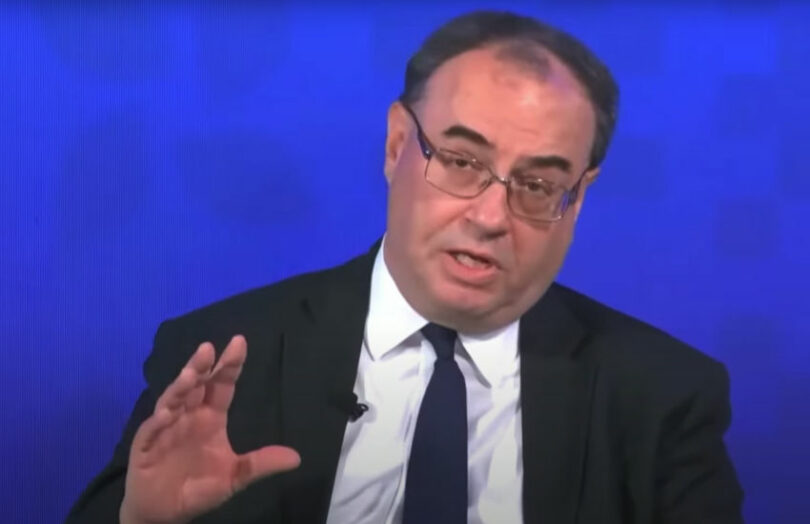During a speech on Saturday, Andrew Bailey the Governor of the Bank of England, discussed the importance of central bank money for both wholesale and retail payments. He argued that the role of central bank money is particularly important for wholesale high value payments and the settlement of payment systems. Hence, the Bank wants to enable digital innovation in the wholesale sector.
In July the Bank published a discussion paper on wholesale money, highlighting likely trials for both wholesale CBDC and an RTGS synchronization solution.
However, for retail payments, Governor Bailey thinks the Bank of England should be indifferent to whether payments use central bank money such as a retail CBDC or commercial bank money.
He’s quite keen to maintain the status quo in that most retail payments are in commercial bank money. Doing so doesn’t interfere with fractional reserve banking and the availability of credit in the economy. Regarding digital innovation such as tokenized deposits, he thinks commercial banks are where this should happen.
However, he added, “If for some reason innovation is unlikely to happen, then the central banks have to decide whether they are the only game in town. For me, this justifies why we must continue to prepare for retail CBDC. We have not yet seen enough evidence that the innovation will happen in commercial banks.”
Governor Bailey noted that on occasion, infrastructures and technologies have failed to incentivize innovation. Sometimes that relates to the concentration of market power. Hence the ongoing exploration of CBDC. “That is not my preferred outcome, but not one that we should rule out.”
Tokenized deposits trials
Meanwhile, the UK banking sector has been exploring tokenized deposits as part of the Regulated Liability Network. In September it said the next step was to engage with regulators.
The speech comes across as a ‘giddy up’, and is not the first time the Bank has made such comments. In April Deputy Governor Sarah Breeden outlined a potential scenario where bank innovation is slow, unsuccessful or fragmented.
Fragmentation has been a feature of digital securities, but for tokenized deposits, slightly less so. Some banks purely support tokenized deposits for their own clients. But there are many multi-bank projects.
Ledger Insights Research mapped more than 70 tokenized deposit, stablecoin and other DLT payment initiatives. At least 18 are multi-bank, without counting cross border payment initiatives.






